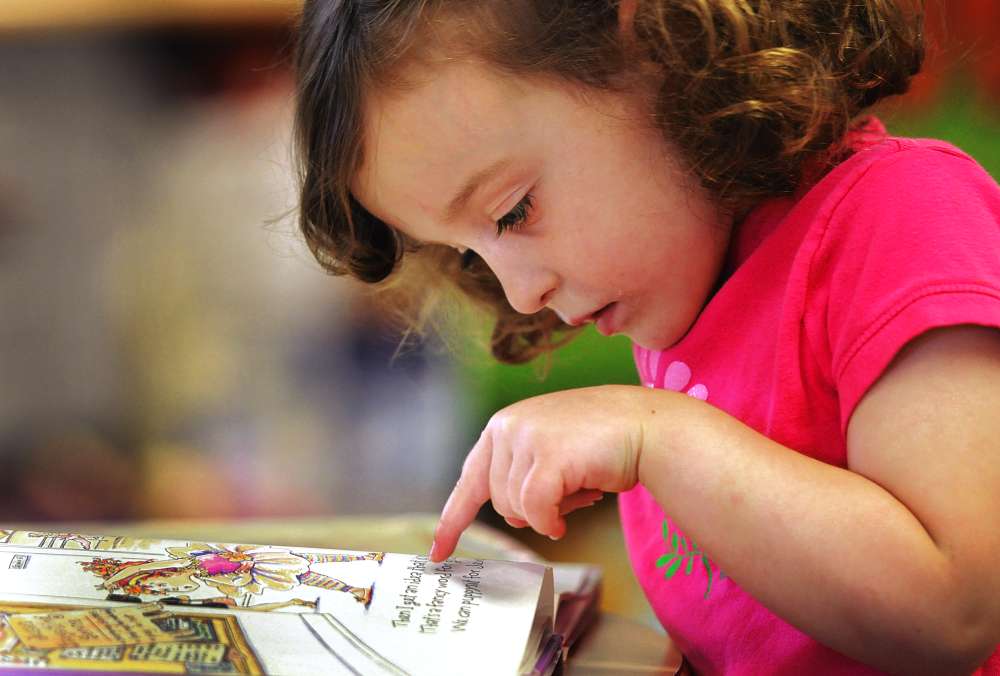Reading in the Early Years and Foundation Stage is a magical time. For many it’s when reading finally comes together with phonics being grasped and fluency meaning the focus is more on the content rather than the mechanics.
It’s at this time that as teachers and parents we need to offer stories and information that are of interest to the child and the new titles in the Collins Big Cat Pink and Red B bands help us to do just that.
Focusing on traditional tales; always a favourite with children, the titles include The Owl and the Pussycat, The Ugly Duckling, Jack and the Beanstalk and an update on the Aesop fable of the farmer, his son and the donkey called Meg, Mum and the Donkey.
The benefit of using traditional tales in reading is that many of them have a message in them, useful as a talking point during and after finishing the story. The Ugly Duckling focuses on bullying, change and triumph over adversity whilst Jack and the Beanstalk concentrates on good overcoming evil and realising the hidden value of things.
One of the main barriers to acquisition of reading skills is the lack of practice many children have. Home life is often busy, sometimes chaotic and inappropriate approaches to reading at home have turned so many children off and in turn pushed parents away from trying. If your school doesn’t already do it; an ‘inset’ for parents on how to read with their children is invaluable. Focus on shared reading, taking your time when reading to children, stopping to focus on illustrations and talking about the book afterwards as well as recording progress. Many of the stories in the new Collins Big Cat books will be familiar to parents and therefore make working with the tales easier.
In school, do a similar thing with ‘Reader Leaders’; older children who are given the same skills as the parents so they can partner with younger children.
Provide an environment conducive for reading. Interestingly, the school library is generally thought to be NOT the ideal place to read! Instead, set up reading caves, reading corners, windowsills, gardens and more. Anywhere that is quiet and stimulating for reading. If you have the urge, you can ‘theme’ areas so they match the style of books – a magic garden for fairy stories, a space ship for sci-fi, the playground for friendship and game based stories and perhaps a room in a palace for traditional tales.
Other ways to make the stories stimulating is to introduce drama to them. The use of voices adds immensely to the effectiveness of the story and the reading of it and talking to the reader about how a person might say their lines or how the atmosphere of the story can be put across in tones can develop drama skills and emotional awareness in young children. Recognising the tone of voice of an angry person, questions or happiness helps when they encounter similar situations in life.
The Pink band of books is a delight for non-readers or emerging readers for they can help make the story up as they go through the pages, looking at the illustrations. Go through the book together to begin with, noting key elements on each page then talk about what the story might be like as a whole before putting words to each page. If you can, record the story and then write it up, perhaps adding ‘post-it’ notes to each page so that you can both read it as a standard book later. Whilst it’s early days, following this approach begins to introduce the concept of structure and story planning.
Early reading is fun, not a chore, so start brightly with children in school and at home and that love of reading and all the rewards it brings will soon flow.
Dave Lewis
Primary teacher




